Ginther: A horizon full of opportunities. Columbus must lean into change for good of future.
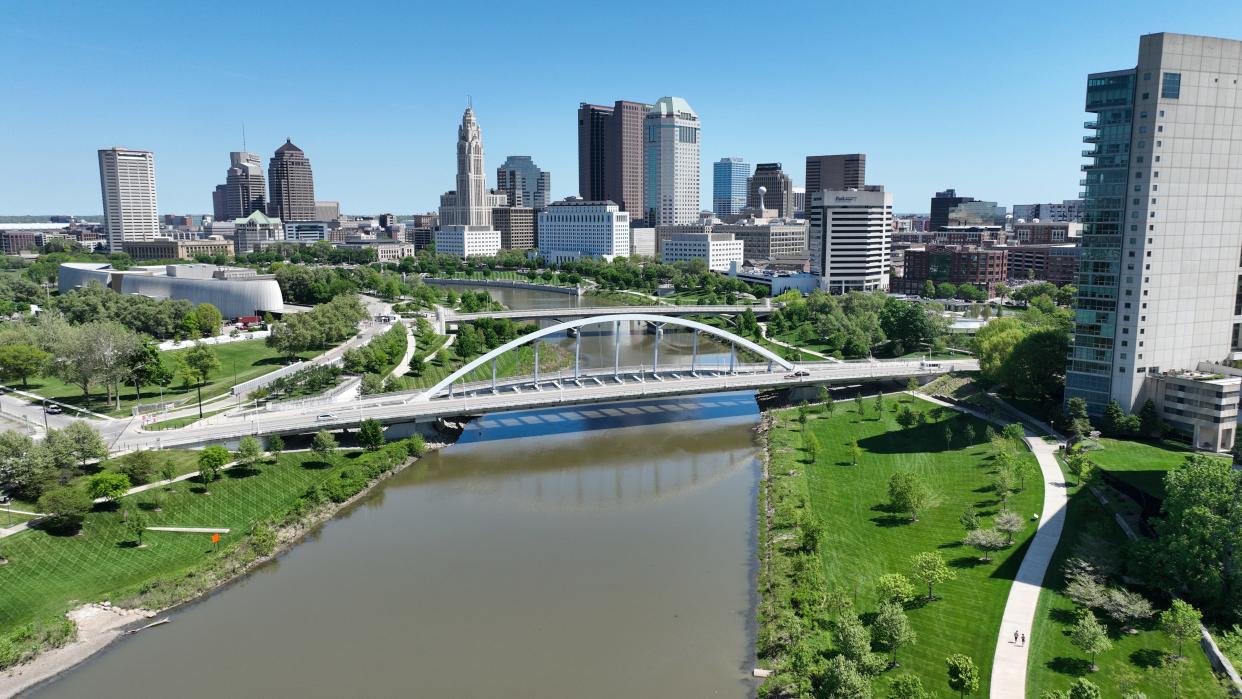
- Oops!Something went wrong.Please try again later.
The city of Columbus provided this written version of Mayor Andrew J. Ginther May 21, 2024 state of the city address. Ginther is the 53rd mayor of Columbus. It has been edited slightly for readability.
Neighbors, a bright and boundless future awaits us.
The horizon is full of opportunities that promise to take our city to unprecedented heights. Yet, this journey requires more from us than mere passive observation; it demands we have the courage to dream big and the audacity to make those dreams a reality.
The next 10 to 15 years will determine whether our parents, kids and grandkids will be able to afford to live in this community and thrive. We want the very best for them. We owe them that much, especially after all they’ve been through these last few years.
We cannot simply allow events to come at us.
"We want everyone in this community to see themselves in our city’s future"
We have to take the reins and shape the future for ourselves. We must be purposeful and intentional in all that we do – all through the lens of equity. We are committed to pursuing growth that is both dynamic and inclusive. We are on this journey together.
So, we must ensure that shared prosperity reaches every family in every neighborhood across Columbus. This work springs from a simple idea: Where you start shouldn’t dictate where you end up. This applies to virtually every aspect of life.Whether it means living in a neighborhood confronting crime to living in one that is safe, stable and secure, at all times of day, going from renting a home to owning a home, moving into a neighborhood that better suits the changing needs of you and your loved ones, ensuring access to efficient, reliable transportation that connects you to the essentials of life or fostering an environment where upward mobility is squarely within reach.
Andrew Ginther: Zoning proposal proves Ginther stands with developers and against people of Columbus
We want everyone in this community to see themselves in our city’s future, and I am truly excited about all that liesahead. We will continue to focus on advancing safety, transit and housing. Those are my top priorities. They areindelibly connected – and they will remain critical as we become the economic juggernaut of the 21st century.
This is a decade of action.
We want to get better
It will require change, and it will require conviction, but this is a pro-growth community, and we believe the sky’s the limit in the City of Columbus.
We don’t just want to get bigger; we also want to get better.
This must include, first and foremost, safe and vibrant neighborhoods, and I’m proud to say that we’re bringingdown violent crime while strengthening security and stability city-wide.
We are on the right path – despite an unfortunate uptick in violence in recent days. These incidents are completely and totally unacceptable – and they must stop. We will not allow these events to diminish our sense of safety or change the way we live. We will not allow a small number of people to destroy our sense of community. We will not be deterred from seeking progress or improvement to protect lives and livelihoods throughout Columbus.
More: Zoning proposal proves Ginther stands with developers and against people of Columbus
We all have a role to play – and we need the entire community to step up. We refuse to surrender the gains we have achieved, including a dramatic drop in homicides.
Chief Bryant bringing down violent crime, taking guns off street
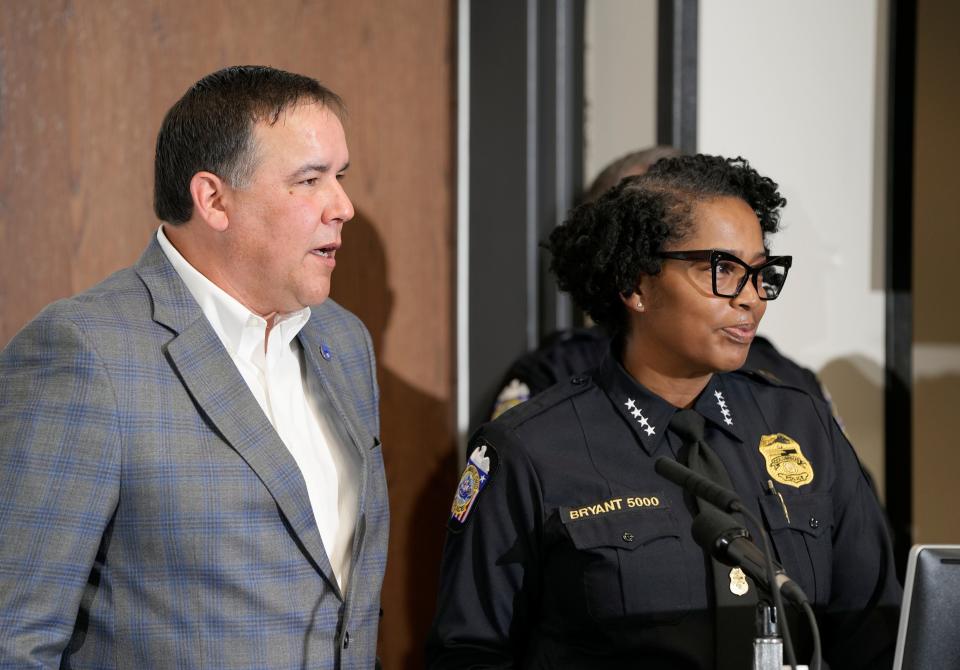
Although a single homicide is one too many, it’s important to remember that homicides this year are at their lowest level in eight years.
Nationally, Columbus has seen one of the largest drops in homicides among major U.S. cities, while fatal domestic violence incidents and non-fatal shootings are also down – year over year.
This is thanks, in large part, to Chief (Elaine) Bryant and all our officers at CPD – who’ve worked so hard to bring down violent crime and recover record numbers of guns from our streets – all while putting their own lives and well-being at risk every single day.
The past week has been especially dangerous for our officers.
More than once, our officers faced violent andreckless assault. Any time an officer is shot, disrespected or attacked in the City of Columbus, it’s a threat to all of us. We aren't going to stand for it. Our officers deserve the best from us – and we want them to succeed.
I’m grateful for their focus on building bridges with the community – leading to historic levels of crime tips, which have helped to drive up homicide solve-rates above 90%. We continue to enlist the manpower, resources and expertise of law enforcement agencies spanning all levels of government to rid our neighborhoods of “the worst of the worst.”
Technology helping trace guns
One thing I’m particularly proud of is the Crime Gun Intelligence Center – a partnership between the city ofColumbus, Governor DeWine’s administration and Director Dettelbach at the ATF.
Officers are telling me directly about its transformational impact. They’re telling me it used to take 40 to 50 days to trace a firearm to other crimes or back to its source. Tracing is critical when you consider the fact that most crime guns tend to be used in multiple crimes.
Now, thanks to this new center, they’re able to trace a gun within 48 hours.
This supports our record-high case closure rates. And it is why we continue to pursue the best and latest technologies to make a meaningful difference. Our momentum is impressive, but there is still more to do.
City investing $750 million in neighborhood safety
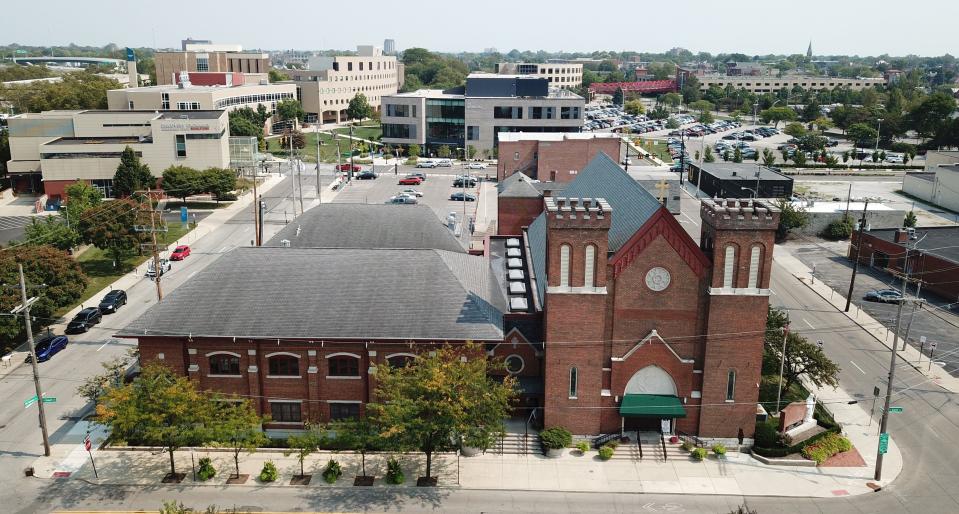
We’re continuing to graduate three police recruit classes every year – up from two classes annually, which was the norm just a few short years ago. We’re allocating historic sums toward neighborhood safety – more than $750 million in this year’s operating budget alone. We’re investing capital dollars to equip our officers, detectives and crime analysts with state-of-the-art facilities.
Next year, construction will start on the new Hilltop Substation along Sullivant Avenue, and we recently started readying the site of the new Real Time Crime Center and Public Safety Campus in North Linden – an emerging hub of actionable intelligence that’ll enable our officers to respond more quickly and effectively to calls for service.
Although this facility won’t be completed for another three years, we’ve stood up a “Mini Real Time Crime Center” to get a head start on providing improved services and response times. This is partially accomplished by centralizing and scanning the video feeds from thousands of safety cameras – which provide an objective perspective that can be combined with eyewitness accounts.
Downtown, a network of public- and private-sector partners are collaborating to support the centralized monitoring of hundreds of downtown security cameras by early 2025.
These cameras show what’s happening as events are unfolding, before our cruisers arrive at the scene, and this intel has proven invaluable in achieving the best possible use of our officers' time and delivering the best possible results for our residents. From identifying and tracking suspects and the vehicles they use to commit crimes to locating missing persons whose whereabouts are unknown, we’re already seeing signs of tremendous success, and we’re excited to take this work to the next level.
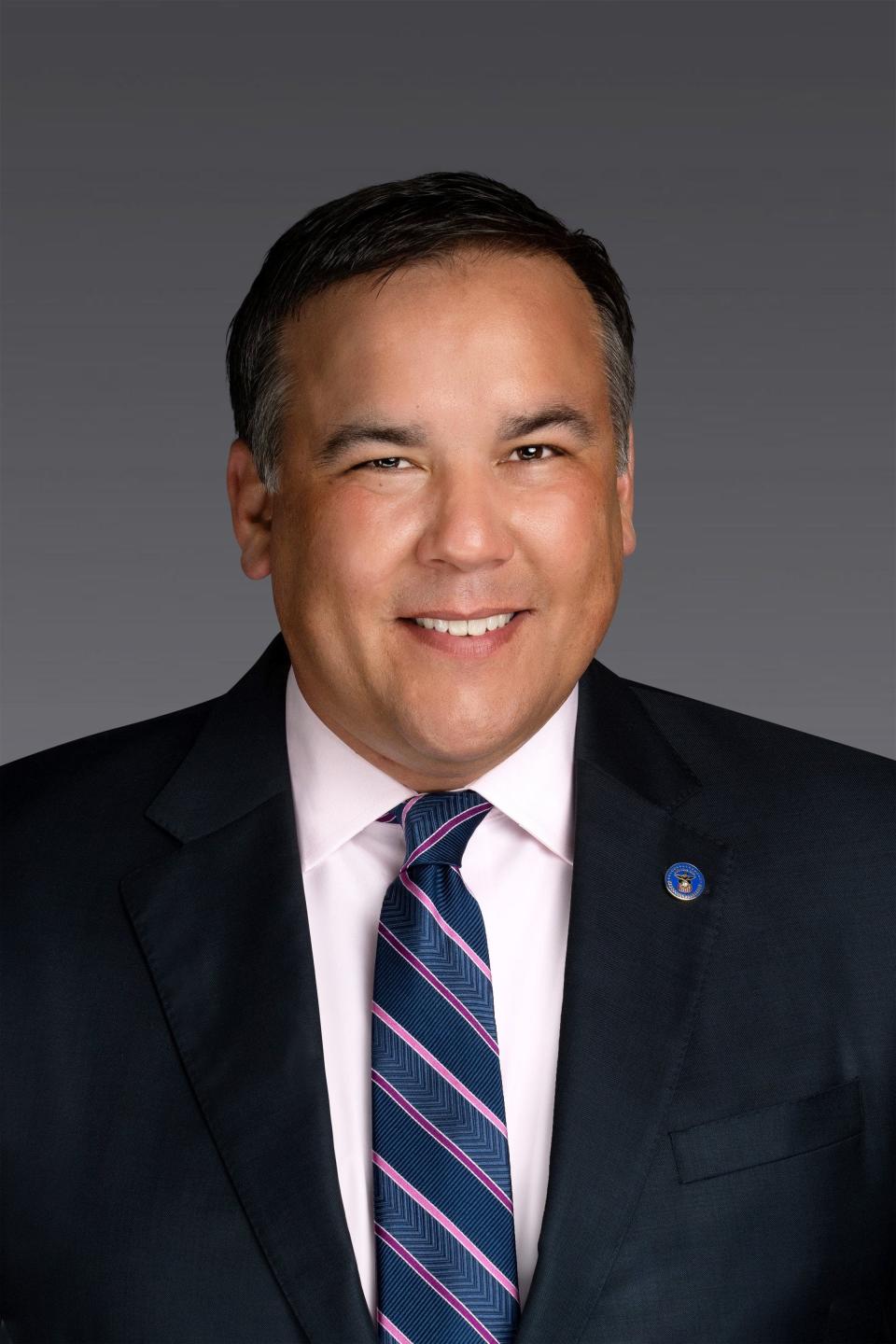
Make no mistake: Our prevention and intervention efforts extend to the individual, as well – the people most impacted by or likely to commit violent crime – along with all of the social and cultural forces that perpetuate the cycle of violence that we are working to disrupt.
This is why I created the Office of Violence Prevention, which has been up and running for over a year and held more than 400 community meetings, events, town halls and conversations with our fellow neighbors. They hosted a gun buyback in partnership with CPD, collecting more than 340 firearms, and they’ll be managing the Columbus Violence Reduction initiative moving forward.
If we’re going to be successful in bringing down violent crime, and keeping it down in the years ahead, then it is vital that we focus our attention on the very small number of individuals who we know are responsible for committing the overwhelming majority of the violence.
This innovative program is partly how we get there, and we’re both pleased by its early progress and optimisticabout its long-term potential. If you work hard and you play by the rules, you should be able to get to the things that matter most to you in life.
Transportation dots must be connected
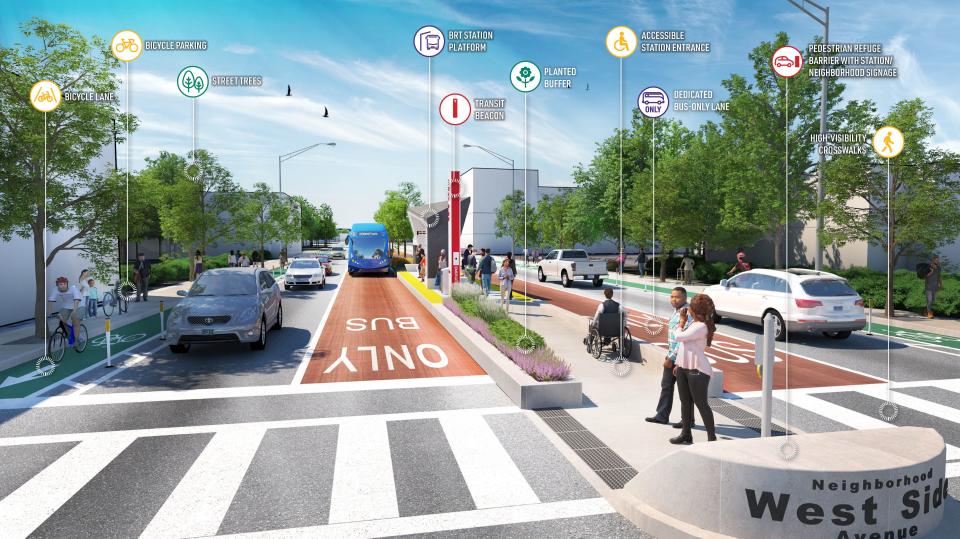
This requires that we connect the dots – between work and housing and health care and education and recreation. All of these facets influence one another. In most cases, you can’t have one without the other. What we must do now is link them together – using safe, reliable public transportation as our catalyst for change.
For nearly 100 years, the growth of our city has been centered around the automobile – which paved the way for a car-centric transportation system. This just isn’t going to cut it any longer – especially with 1 million new residents slated to arrive in our region over the next 25 years.
Does anyone want to see a million more cars on the road? Do any of us want longer commute times, more traffic congestion and increased pollution degrading our natural environment and quality of life?
I know I don’t.
At the same time, a community that’s designed and built around the use of a car has never been fair, feasible or ideal for our neighbors who cannot afford, or don’t want to, own a vehicle.
This is where LinkUS comes in as our region’s comprehensive transportation plan. It’ll create a new, improved and affordable mobility system across Central Ohio by installing at least five “rapid transit lines” starting along West Broad, East Main and Olentangy River Road – some of our major growth corridors.
Bus Rapid Transit – or BRT, for short – offers an experience that feels like light rail, moves as quickly as light rail, and can be up to seven times less expensive to build, when you look at the cost-per-mile.
But we’re not stopping there.
We’re also building more than 500 miles of bikeways, sidewalks and trails in communities across Central Ohio – all within COTA’s service area – to cultivate a network of neighborhoods that are more bikeable and walkable.
More: It is too hard, dangerous to get around Columbus. Ginther, council must sing LinkUS’ praises.
Banding together as a region to do big things: This is how we’ll create a more cohesive and connected region, and this is how we’ll facilitate more convenient and affordable access to even more destinations.
These planned investments will have a ripple effect, too: spurring new development, reducing household transportation costs, and better connecting our residents with what they need. In fact, the first three LinkUS corridors will create access to more than 380,000 jobs at workplaces across the region over the next decade.
But the time to act is now.
Because of support made available by the bipartisan infrastructure law – which includes approximately $800 million in dedicated federal funding – we have a unique opportunity to bring about transformative change to our region.
Tomorrow, COTA’s board will vote to put a measure on the November ballot to support the build-out of LinkUS and commit further investments that will address growth, affordability and opportunity gaps in Central Ohio.
We want to be the most pro-growth and prosperous community in the country. And the way we get there is by supporting and empowering each and every one of our residents. Everyone must come along with us for the ride.
The only way for us to realize our vision is to roll up our sleeves and do the difficult work – work that’s been brushed off or pushed aside decade after decade despite mounting pressures to act or move in a new direction.
Columbus is a city on the rise – we are the heart and soul of this region – and our population is growing faster than we can build new housing to accommodate everyone.
We grew faster than every other American city at the end of last year. And MORPC projects Central Ohio’s population will exceed 3 million by 2050. That’s the most rapid and significant population growth we have ever seen. But at our current trajectory, we will have fewer homes than families in Central Ohio by 2030.
Central Ohio must remain affordable
We have a supply problem in this community, and whether you’re looking for a place to rent, to buy a home or to pay your property taxes, you’re feeling how prices can rise when supply and demand are out of balance.
This is particularly true for our most vulnerable residents, who are already feeling the squeeze most acutely. We must utilize every lever at our disposal to ensure that central Ohio remains affordable so that workers, businesses and families are willing and able to stay and invest in our community.
The vast majority of our neighbors weren’t born here. They came to Columbus for jobs, for opportunity, for love, for education. And then they stayed and built a life here. That’s why we’ve grown so much, and that’s why we’ll continue to grow well into the future – if we’re able and willing to make more room for those who come here. We owe it to ourselves and to our city’s future to keep paying it forward.
It’s like my grandmother said: “You should always have an extra place at the dinner table because you never knowwho'll stop by.” My parents instilled in me this same spirit and philosophy. It was an important philosophy in a home where 47 foster kids took a seat at our dinner table at one time or another. And it’s an important philosophy for our city, too.
It is incumbent upon us to make sure there’s always room for one more person to enjoy our quality of life, to contribute to our workforce, to get an education, to add to the vibrancy of our community.
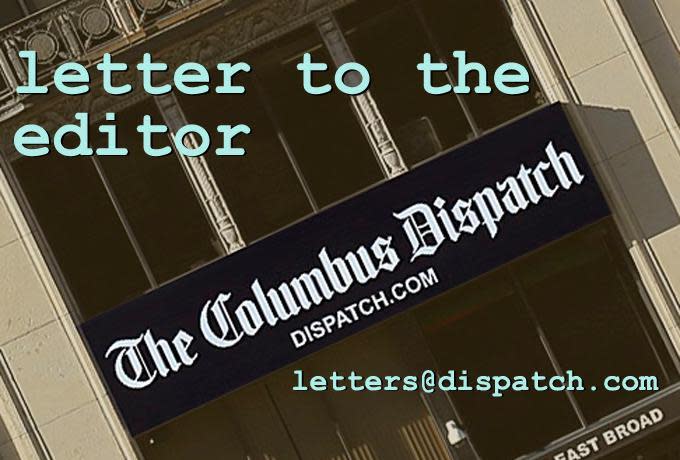
What do you think? How to submit a letter to the editor for The Columbus Dispatch
That is why we’ve undertaken the monumental task of comprehensively updating the city’s zoning code for the first time in 70 years. We won’t be able to pull up enough seats at the table until we change the zoning code.
Here’s what zoning reform gets us: Clearer and higher standards to build new housing and businesses. Not only will this speed up construction, It’ll allow for the kind of construction we need in order to keep up with demand.
We plan to start by focusing on our major corridors, which two decades of community plans tell us is where our neighbors most want to see height and density. This ties in directly to LinkUS – again, marshalling our resources around areas of our community that’ve experienced tremendous growth – and further closing the gaps between housing and transportation.
Our view: Zoning is not sexy until developers eye your neighborhood. Columbus must get it right now.
We’re also modernizing standards surrounding parking spaces and building design, abandoning the old era of “one size fits all” and tailoring our code to enhance the potential of individual neighborhoods through the creation of six zoning districts. This supports our overarching goal to pursue higher quality building design in all Columbus neighborhoods.
These upgrades will lead to the construction of more housing – which boosts supply and lowers costs. Estimates suggest that our preliminary efforts to modernize the zoning code will produce 88,000 new residences — which represents 44% of our region’s overall housing demand.
By being bigger and bolder in the design and capacity of new development, we are protecting and preservingaffordability city-wide. This keeps more of our residents in their homes – while reducing the financial burdens that many families are feeling.
But if we want to build the housing we need at the prices we seek, then we have to incentivize it. Through this new code, we’ll tether the ability to build taller structures with the requirement to include affordable units, to make even greater strides in fostering vibrant, economically diverse neighborhoods.
More: Taller buildings, no parking requirements - see what's in Columbus' zoning proposal
By widening the boundaries of the city’s Community Reinvestment Area policy to match the footprint of our entire city, we are now able to build more affordable housing without limiting construction to certainneighborhoods, typically those with less economic opportunity.
Columbus can not be the only community evolving
To continue supporting the creation of affordable housing at a time when the cost of labor, land and materials is at an all-time high, tonight I’m calling on the city’s Building and Zoning Department to create a fast-track approval process for new affordable housing developments.
But Columbus alone cannot create all of the market rate and affordable housing our region needs to overcome our housing shortage. This is why I’m working with a coalition of public, private and nonprofit leaders to spearhead and coordinate our region’s housing efforts more proactively.
Once this new regional coalition is officially online, we fully expect that it will be able to facilitate the construction of 200,000 new housing units over the next 10 years – which is what we need to keep pace with demand.
What’s more, it’ll serve as a dedicated champion and steward for this crucial work. It’ll build upon all of the new policies we’ve introduced and the quarter-billion dollars of bond funding that Columbus voters have already committed toward this collective community lift to foster a healthy regional housing market.
Suburbs must be part of the solution
Perhaps you’ve picked up on a theme here; I keep using the word “regional” to describe both our challenges andour solutions. That’s because all of the most pressing issues of the day – from safety to housing to zoning to transit – involve all of our communities.
More: Columbus area's housing crisis 'a five-alarm fire.' Beyond time for a regional response.
If we don’t work collaboratively, then we’ll see growth affect our region in uneven and inequitable ways, widening gaps in opportunity and prosperity, and hindering both the speed and scale of our shared progress. We aren’t growing separately or in silos. Our fates are closely intertwined. When we work together as a region – all of us benefit, the people of Columbus – those who live here, work here, study here, travel here and those who are choosing to put down roots here.
I will always advance and advocate for your best interests – and do everything within my power to enlist the full,unfettered participation of others and to maximize our impact.
My challenge to our suburban neighbors is this: Stand with us, be part of the solution and contribute to the cause. There is too much on the line for the families we’ve been entrusted to serve.
I’m grateful to cities like Bexley, Whitehall and Reynoldsburg – and their leaders – for going above and beyond by embracing growth and doing their part to bolster housing inventory across our region. We look forward to partnering with other communities, as well.
Columbus residents must lean in to make city better
But I also have a challenge for the people of Columbus. Specifically, there are three things I’d like for each of us to do.
First, lean in on Zone In. Learn everything you can about our proposed changes to the city’s zoning code and share your feedback.
Second, learn everything you can about LinkUS – and make your voices heard this fall when the future of mobility will appear on the ballot.
Finally, take it upon yourself to mentor a young person and to help light their pathway forward.
There are multiple ways to do this. There are several local organizations who make it their mission to lift up our city’s youth: Big Brothers Big Sisters, Boys and Girls Clubs of Central Ohio and the Columbus Urban League.
The city, for our part, is investing nearly $21 million in summer youth programming, including $8.6 million that’ll support camps and programs at 90 nonprofits across the city.
Join with us and consider lending a helping hand. This is a time for all of us to move beyond our comfort zones and take bold action that will make Columbus better for ourselves, and for generations to come.
There is much change and transition coming to our region. We need to be welcoming of new neighbors, fresh ideas and unconventional thinking.
More than that, I think it’s safe to say that we can all expect this year to be exceptionally polarized and divisive – with the upcoming election and all that is on the line for our nation here at home and abroad.
We have an opportunity, in Columbus, to be that “shining city on a hill,” a place where we can have rigorous debate, discussion and disagreement without acrimony, violence and revolt. Let’s continue to be a beacon of hope for the rest of the country – welcoming folks from all backgrounds and beliefs and listening to what others feel or have to say.
Respect matters. Dignity matters. Decency matters. Kindness and compassion absolutely matter.
We’re stronger together, so let us move forward, together, for the sake of our children and all who stand to inherit this remarkable city in the generations to come.
May God bless you, and may God bless the City of Columbus.
The city of Columbus provided this written version of Mayor Andrew J. Ginther May 21, 2024 state of the city address. Ginther is the 53rd mayor of Columbus. It has been edited slightly for readability.
This article originally appeared on The Columbus Dispatch: State of Columbus: Ginther says LinkUs, Zoned In and reducing crime key

